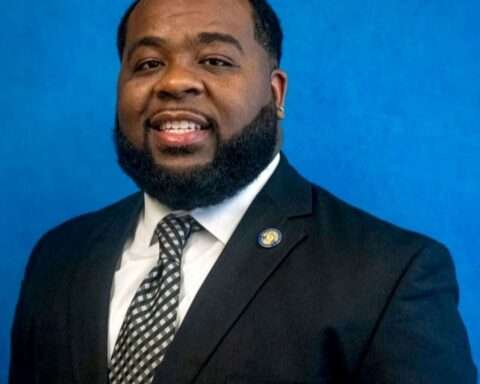By Paul Stinson
King County in the Seattle area is accepting applications for two projects for a renewable energy pilot program that uses sewage to keep businesses warm during the winter.
Nationwide, roughly 350 billion kilowatt-hours of heat energy generated by warm and hot wastewater is flushed down the drain every year. The U.S. Department of Energy estimates that wasted energy has the potential to power 30 million homes.
Sewer heat recovery (SHR) technology captures a portion of flushed wastewater in an underground holding tank. Heat energy generated by the wastewater is then transferred into a system that transfers heat from one source to another. A heat pump extracts that energy and transports it to a connected building’s domestic hot water or heating or cooling system.
Washington state’s Wastewater Treatment Division (WTD) is one of the first wastewater utilities in the nation to offer SHR as an alternative to reduce a building’s energy demand and carbon impact.
To be eligible for either project, applicants must have a construction or retrofit project located within WTD’s service area or with access to King County sewer pipes. Applicants must also demonstrate their project’s readiness, which is defined as 30% overall project design completion or greater.
A third SHR pilot project is already in the works. King County and a real estate equities company are partnering to draw heat from a large, underground sewer pipe to heat a 1.6 million-square-foot campus in Seattle’s South Lake Union neighborhood. The system is expected to come online in 2025.
The county said the project “is a significant step forward” in its plans to develop commercial interest in sewer heat recovery and to partner with the private sector on innovative solutions to save energy costs and reduce greenhouse gas emissions.












